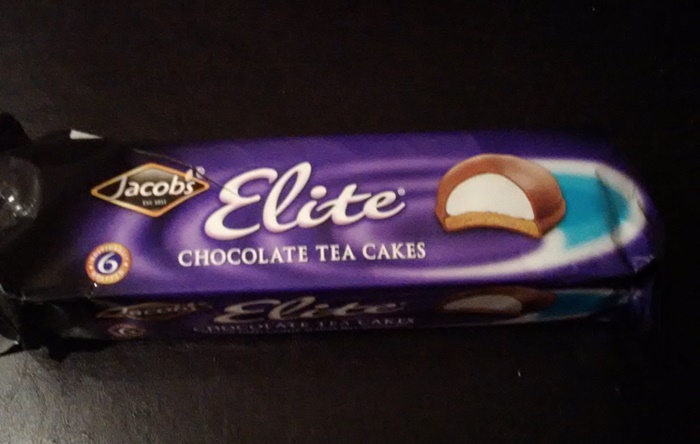To provide the best experiences, we use technologies like cookies to store and/or access device information. Consenting to these technologies will allow us to process data such as browsing behaviour or unique IDs on this site. Not consenting or withdrawing consent, may adversely affect certain features and functions.
The technical storage or access is strictly necessary for the legitimate purpose of enabling the use of a specific service explicitly requested by the subscriber or user, or for the sole purpose of carrying out the transmission of a communication over an electronic communications network.
The technical storage or access is necessary for the legitimate purpose of storing preferences that are not requested by the subscriber or user.
The technical storage or access that is used exclusively for statistical purposes.
The technical storage or access that is used exclusively for anonymous statistical purposes. Without a subpoena, voluntary compliance on the part of your Internet Service Provider, or additional records from a third party, information stored or retrieved for this purpose alone cannot usually be used to identify you.
The technical storage or access is required to create user profiles to send advertising, or to track the user on a website or across several websites for similar marketing purposes.


Good heavens, but those cakes are each double the size of a Jaffa Cake (c25g plays c12g) and double the percentage fat content (c16% plays c8%).
That’s approximately FOUR TIMES AS MUCH FAT PER CAKE, Elite compared with Jaffa. The Jaffa cake, as most around here know, is the England cricketer’s “naughty but nice” snack of choice.
http://kingcricket.blogspot.com/2007/02/jaffa-cakes-as-sports-snack-shocking.html
Elite Teacakes are not even vegetarian, denying Siddle and heaven knows who else of their elite status, cake-wise.
In the UK we tend to find Tunnocks tea cakes (Scottish), which have a similar fat content to the Jacobs ones but no dead animal products, so the vegetarians can indulge with impunity. But England cricketers are bound to keep away from them…
…especially batsmen…
…I mean to say, when did we last see Tun-nocks from England batsmen?
Extraordinarily protracted use of the wordplay shoe horn. Chapeau.
Seriously. That was verbal gymnastics at its finest.
Similarly, most of the Windies batsmen will give these a wide berth. After all, when did they last require Tu-nnocks?
*And then everybody started to clap*
Polite applause and laughter like a connoisseur…
…while also lapping up the plaudits for his own puntastic (he admits with all due modesty) efforts.
They look much more like biscuits than cake.
It was firmly established in UK tax law as early as 1991 that Jaffa Cakes and similar (Jacobs Elite Chocolate Tea Cakes and the Tunnocks equivalent) are cakes not biscuits:
https://www.gov.uk/hmrc-internal-manuals/vat-food/vfood6260
Don’t mess with HMRC, Gman, it doesn’t tend to end well if you do.
Please note, readers, that as part of that 1991 case, McVities baked a large version of the Jaffa cake as part of their evidence that the product is merely a small version of a cake. Perhaps that explains why England cricket went south for best part of 10 years in the aftermath of that case.
So what’s their excuse now? They can’t blame it all on receiving Jaffas.
This whole thread has a puncanny knack of inducing fine word play. – well done Balladeer.
What can I say, Ged, you clearly inspired me.